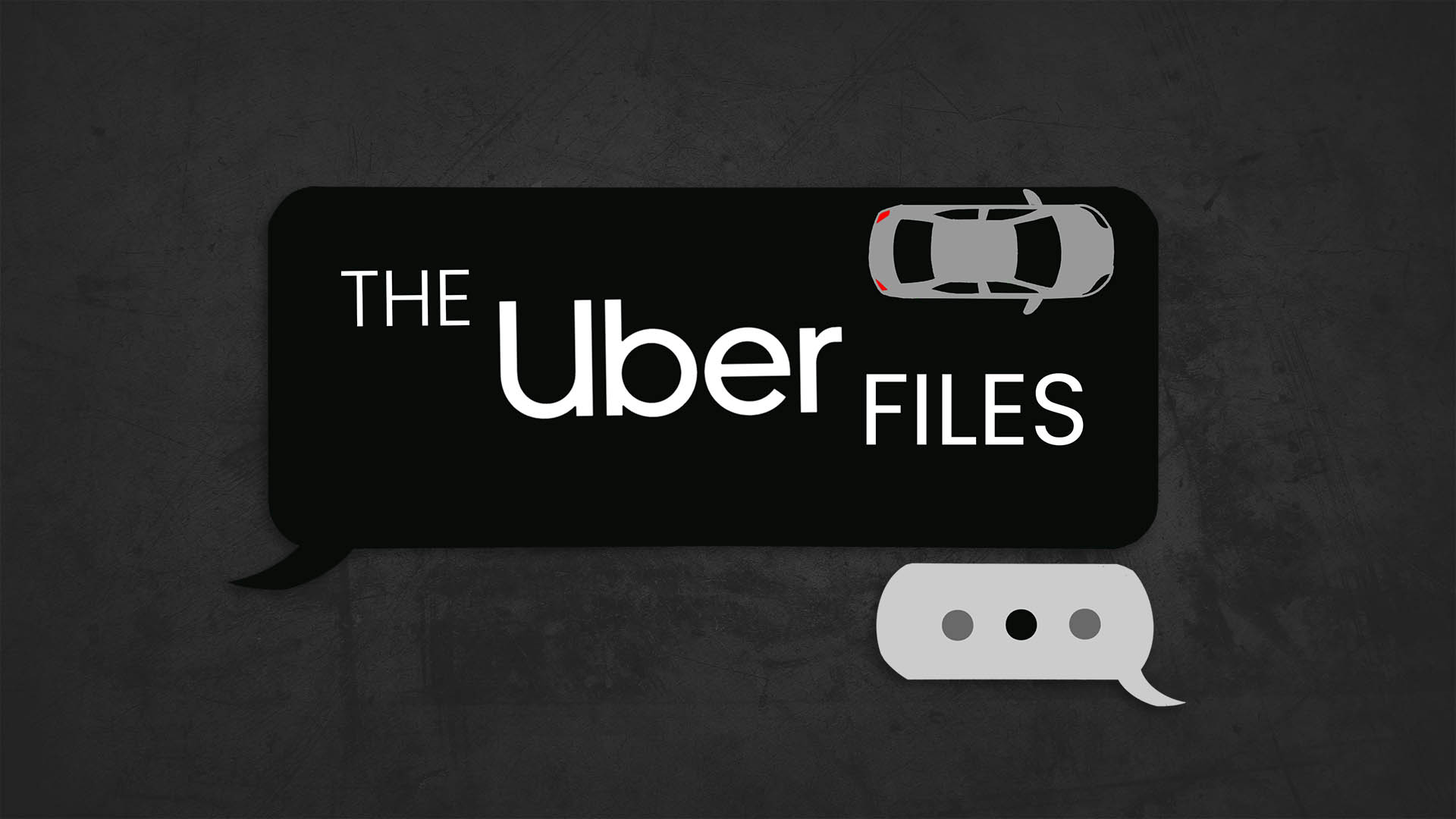The International Consortium of Investigative Journalists (ICIJ) and its media partners from 30 countries, received the 182 terabytes of data leak known as The Uber Files from The Guardian newspaper. The 124,000 records in the leak date from 2013 to 2017, with the majority being internal corporate emails (83,000), along with memoranda, presentations, and WhatsApp communications.

The Uber Files demonstrate how, during the period of its rapid development, the ride-hailing start-up founded by Travis Kalanick in San Francisco in 2010 became a worldwide juggernaut by using technology, skirting regulations, and engaging in aggressive lobbying.
The data also reveal the manner in which Uber tackled tax and regulation issues that arose frequently in India, and used it as an example in other countries. India being a key market, Uber used its lobbying tactics to the hilt here. Among the steps the company took was to prepare a list of “stakeholders” from among the bureaucracy and political class to influence policy, and to sign around a dozen Memorandums of Understanding (MoUs) in different states — agreements that remained mostly on paper.
The statistics also show how Uber handled tax and regulation difficulties that sprang up often in India and how other nations have followed its lead. Uber made extensive use of its lobbying strategies in India since it is a crucial market. The corporation took many actions, including creating a roster of “stakeholders” from the political and administrative establishment to influence policy and signing over a dozen Memorandums of Understanding (MoUs) in various states, agreements that primarily stayed on paper.
Uber now offers three- and two-wheeled rides in addition to its traditional four-wheeled rides. The corporation has claimed that drivers are not its employees in order to circumvent labour rules. In order to pay less service tax, it first classified itself as a “tour operator” and afterwards as a “rent-a-cab.”
Before Uber arrived in India, hailing a cab was frequently challenging and expensive in many Indian cities. Because of its inexpensive rates and clean fleet when it first launched, Uber drew many commuters who may have otherwise used buses or other forms of public transportation. It also earned generally favourable reviews.
Uber has produced considerable income and employment possibilities for both owner-drivers and those who are hired by owners to drive automobiles on the platform, with over 6 lakh driver-partners and a presence in 100 cities and towns. Riders now have alternatives for quicker and less expensive mobility because to the company’s expansion into three-wheelers and bikes.
In order to “give a guiding framework to the State governments/UTs to consider for issuing of licences as well as controlling the business being undertaken by such Aggregators,” the Union Ministry of Road Transport and Highways established the Motor Vehicle Aggregators Guidelines in November 2020. A surge pricing algorithm was included in the recommendations. Uber does not, however, employ a conventional surge pricing formula since state governments do not have rules in place.
Only the state of Karnataka has announced a fare structure for aggregators. After the High Court in Mumbai intervened on a PIL brought by attorney Savina R. Castro this year, the licencing procedure began. However, the Supreme Court imposed a stay after Uber challenged the Centre’s Motor Vehicle Aggregators Guidelines 2020.

